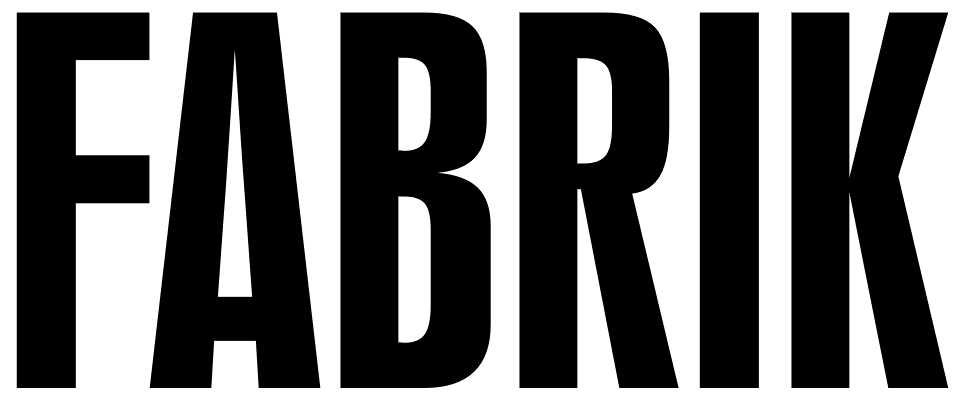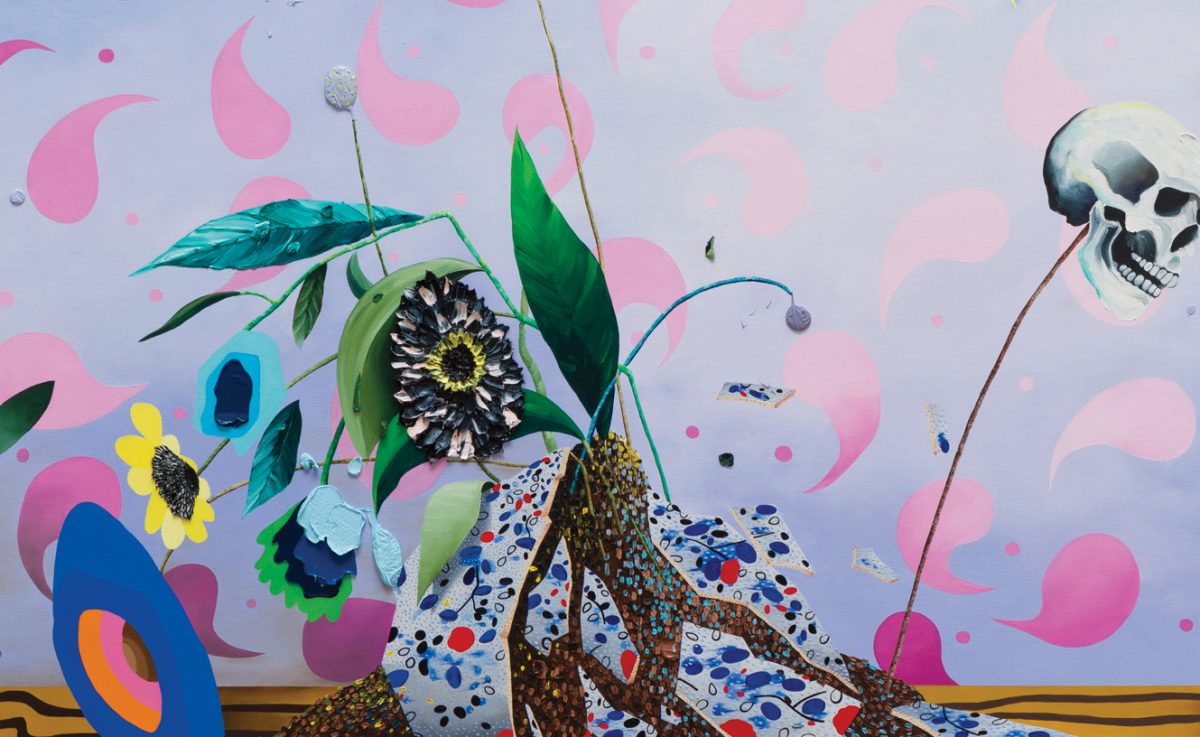Judy Dater: Only Human
Laband Art Gallery at Loyola Marymount University
October 6—December 8, 2018
Only Human, a modest-sized survey of Judy Dater’s work covering five decades, makes a compelling case for the continued relevance of traditional black-and-white portrait photography. It’s not an easy sell, as rows of thoroughly matted and framed silver gelatin prints can quickly dissolve into an academic, overly craft-based realm. Dater grew up in Los Angeles but has spent the majority of her career (including her formative years) in the Bay Area, and was mentored by some members of the photography collective Group f.64, including legends Edward Weston and Imogen Cunningham.
Perhaps her most famous image, included in the show, features an elder Cunningham peering across the base of a large tree at nude model Twinka Thiebaud (who is featured on her own in another Dater portrait). In Dater’s photo, as opposed to the painting that inspired it, Thomas Hart Benton’s “Persephone, (1939)” Thiebaud peers back at her onlooker. This feminist impulse of Dater’s, defying and/or subverting the objectified gaze, has taken various forms, from her frank portraits of women, whether clothed or (in the case of “Maggie Smoking, Mill Valley, California”) topless but empowered; smoking a cigarette without the slightest vulnerability to Dater herself, in a 1970 self-portrait, standing nude above a crater by a lake with a sparkler lighting her crotch from behind, creating the appearance of male urination in the process.
Dater was also an early portrayer of androgynous individuals, looking at gender fluidity as far back as 1964, with “Anna, Grass Valley, California,” a portrait of a woman who both owns her identity and, through her receding posture into an inclining wall corner, also withdraws. Gender ambiguity reappears more than 30 years later, in the midst of Dater’s travels in Rome, in “Paola Tenti, Rome, Italy.” The subject bears in her breast pocket a small reproduction of Caravaggio’s “Boy with a Basket of Fruit,” a clever, if somewhat contrived, shortcut attempting to draw an art historical arc in androgyny.
Dater’s subjects, also spanning the spectra of age and ethnicity, tend to carry a tremendous visceral presence, whether it’s the moon-like, floating bald head of a man in “Dreamer, Berkeley, California” from 2014, or the muscular and unapologetic sexuality of “Nehmia, Mill Valley, California” (1975). The power emanating from Dater’s photographs isn’t flashy or spectacular, but it is of more than enough substance to transcend the rote associations of the black-and-white photo ghetto.










